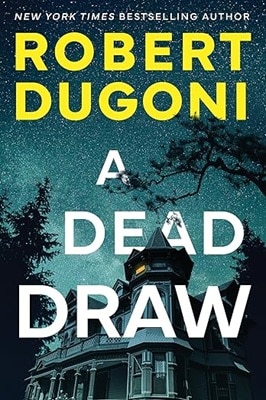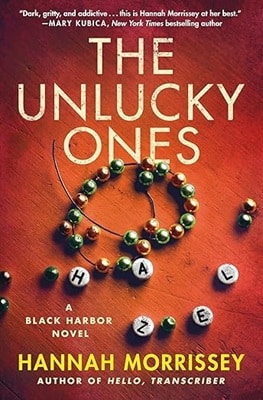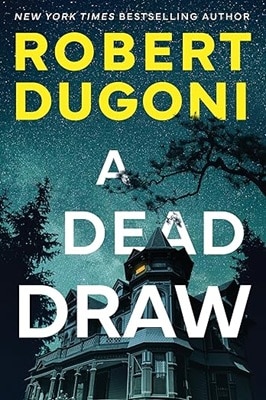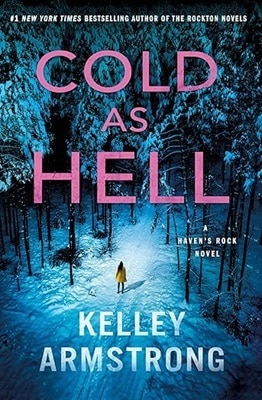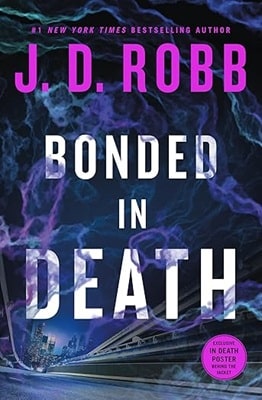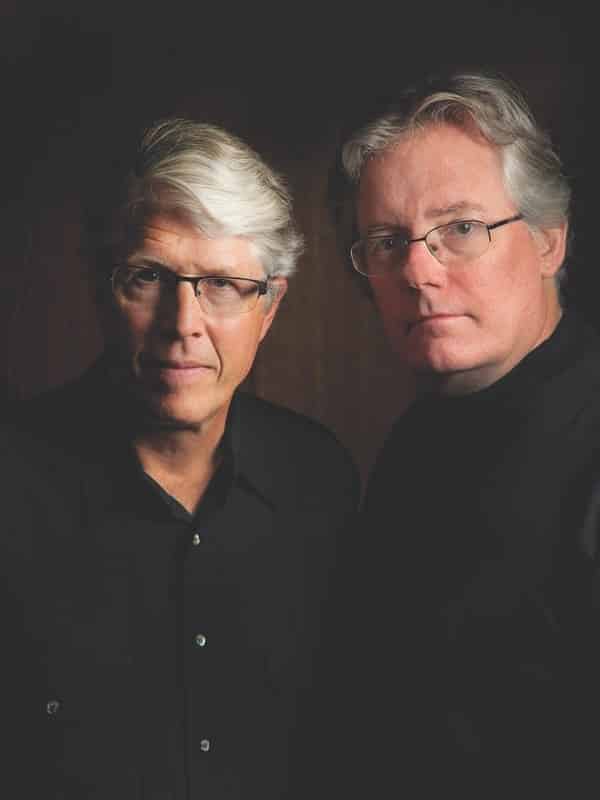
Douglas Preston was born in Cambridge, Massachusetts, in 1956, and grew up in the deadly boring suburb of Wellesley. Following a distinguished career at a private nursery school–he was almost immediately expelled—he attended public schools and the Cambridge School of Weston.
Lincoln Child seemed to have acquired an interest in writing as early as second grade, when he wrote a short story entitled Bumble the Elephant (now believed by scholars to be lost). Along with two dozen short stories composed during his youth, he wrote a shamelessly Tolkeinesque fantasy in twelfth grade titled The Darkness to the North (left unfinished at 400 manuscript pages).
Q How did you get the idea for the story?
Doug Preston and Lincoln Child: We always wanted to bring back Dr. Enoch Leng, who was Pendergast’s most formidable adversary (as well as ancestor) in The Cabinet of Curiosities. We also always wanted to write a time-travel novel. We were able to combine bringing back Leng with Constance traveling back to New York City in 1880 to save her siblings Mary and Joe, and to wreak a terrible vengeance on Leng, the architect of their demise.
Q Which plot line was the best to write in this story?
Doug Preston and Lincoln Child: The novel has several major plot lines, one featuring Agent Coldmoon and Lt. Commander Vincent D’Agosta in a present-day murder mystery involving a curator found locked and frozen solid in a freezer. at the Museum of Natural History. The other plotline features Constance in 1880. The latter is the main and most compelling plotline in the story. We had a wonderful time researching and writing those historical sequences. I’m especially fond of the conversation between Constance and the clever and sardonic teenager, Edith Jones, at the Red Ball. Constance doesn’t realize who Edith Jones will grow up to be… Nor do we share that information with the reader.
Q There were alternate universes and parallel plot lines. How did they merge?
Doug Preston and Lincoln Child: The idea of the multiverse is one taken seriously by many physicists. The hypothesis is that there are many, many universes, and then may not lie far away from us but, in fact, may be adjacent to us on different “branes” or dimensional membrances.” In the novel, Constance travels back not in our timeline, but in the timeline of an adjacent universe almost identical to ours but shifted backward in time. Thus, she avoids the time-loop paradox where someone goes back in time and kills their grandfather, and then how can they exist? In this idea, that paradox does not exist. Constance goes back in time and meets her own self as a little girl.
Q Compare Constance at the age of twenty to the Constance of modern times:
Doug Preston and Lincoln Child: he Constance of modern times is what you might expect to find of someone who has lived 150 years with access to a fabulous library, musical instruments, and other intellectual diversions, but no real socialization or interactions with people. She’s brilliant, erudite, multilingual, and unstable—one might even say psychotic.
Q What role did Constance’s siblings play?
Doug Preston and Lincoln Child: Her overriding concern is to save their lives—that of Mary, who was killed by Leng in search of the arcanum to life extension, and her brother Joe, who was beaten to death at 12 years of age on Christmas day by a brutal man whose pocket he tried to pick.
Q What role did young Constance play? How different is she from the older Constance?
Doug Preston and Lincoln Child: This is an interesting question. Because, as we’ve just described, the younger and older Constances are now both present in a universe adjacent to our own, we don’t have to worry about the tiresome paradoxes that can occur when writers undertake “time travel” in its usual sense. In other words, older Constance (and those who might follow or pursue her from our world) can do what she likes in this alternate universe without worrying about any consequences in our own. The worst that could happen is that she doesn’t return.
Since, apart from this, the two universes are similar in every way, young Constance is exactly as older Constance remembers—because after all, she was that same girl herself once, long ago. She shares a history, and the memories of that history. However, the moment that older Constance interacts with her younger self in this timeline, she immediately sends the alternate universe down a different fork. In that universe, younger Constance (having met her older self) is now irrecoverably changed and, in a sense, they are no longer the same person.
Heavy, isn’t it!
Q Why bring Charles Tiffany into the story?
Doug Preston and Lincoln Child: Constance needed money, and a lot of it, to accomplish what she wanted when returning to 1880s New York. The easiest way to do this was to keep some extremely precious jewels on or near her person—whether the jewels were gifts to her or belonged to Pendergast or were taken from his display cases, we haven’t specified. In any case, Tiffany was the obvious choice for her when it came to selling high-end jewels—and in doing research on the firm’s history, we thought it only right that Tiffany himself be brought into the story, once it was evident just how costly the jewels in question were.
Q Why was Pendergast MIA in the first part of the book? Do you think he had an important role in the story-please explain?
Doug Preston and Lincoln Child: Because of the awful shock he received at the end of Bloodless, we felt it would be better to let him alone, so to speak, for a time. Besides, as he implies to Coldmoon early in Leng, there would not have been much action of his to show in those first days after Constance left. Also, we had a lot to cover establishing Constance in her “new” life in 1880, and from a storytelling perspective that seemed the most pressing order of business.
Q Can you describe Dr Leng?
Doug Preston and Lincoln Child: In looks, some might say he resembles—if only faintly—a sociopathic Abraham Lincoln, though far more refined in dress and manners. In broader terms, he is by far the most evil, implacable, clever, relentless, and dangerous adversary Agent Pendergast has ever faced. The fact that Leng is Pendergast’s own ancestor merely compounds the difficulties.
Q Can you give a heads up about the next book?
Doug Preston and Lincoln Child: We can’t say much, since we don’t want to give too much away, but it’s our hope the book will be out early next year (2024). We don’t like leaving our readers in suspense, so we can say with certainty that all the plot lines left open in The Cabinet of Dr Leng—as well as any other related plot lines from books that precede it—will to the best of our ability be wrapped up and concluded.
Q Will it be the end of reading about Constance?
Doug Preston and Lincoln Child: It will not.
The Cabinet of Dr Leng by Doug Preston and Lincoln Child is part mystery and part science-fiction thriller that integrates time travel. Regarding FBI Special Agent Pendergast he is MIA in the first part of the book.
In the previous book, Bloodless, Constance Greene, the ward and love-interest of Pendergast traveled in time to New York City during the 1880s. She is hoping to prevent Dr. Enoch Leng, a sadistic doctor, from killing her sister Mary and her brother Joseph. Constance has not aged because Leng gave her an elixir to prolong her life. She wants to gain justice and enter an alternate universe to keep her siblings alive. Unfortunately, Dr. Leng is a truly evil character, able to foil Pendergast and manipulate all the characters.
There are other plotlines including Pendergast’s attempt to rebuild the machine that enabled Constance’s time travel so he can join her, and a murder case that Agent Coldmoon is trying to solve.
This book allows readers to understand Constance’s backstory. It is a cliff hanger that sets up the next book, which will resolve all the dangling plot lines.


